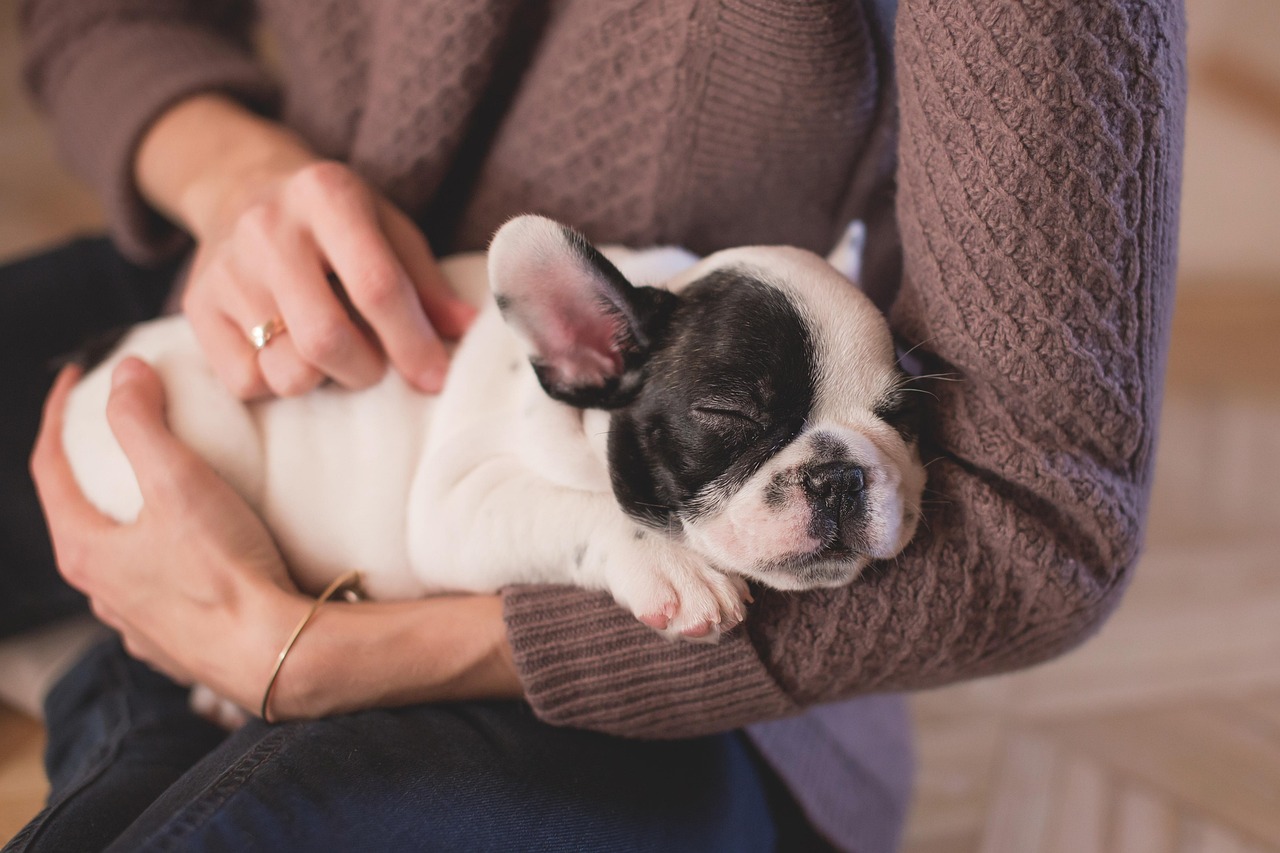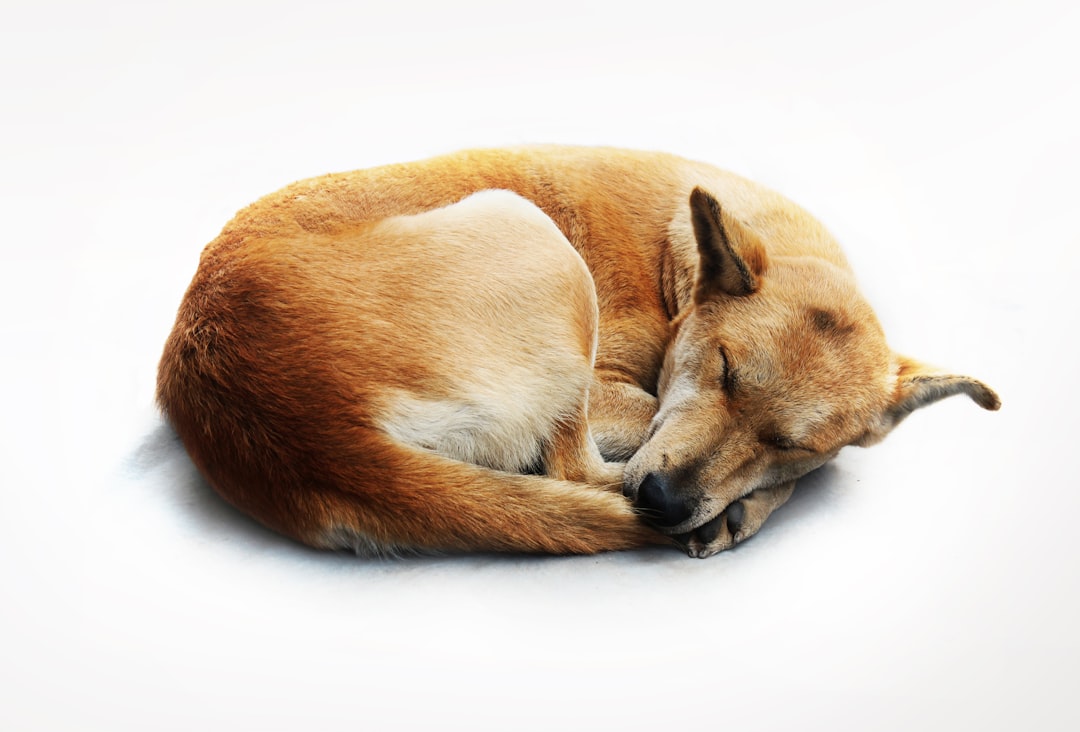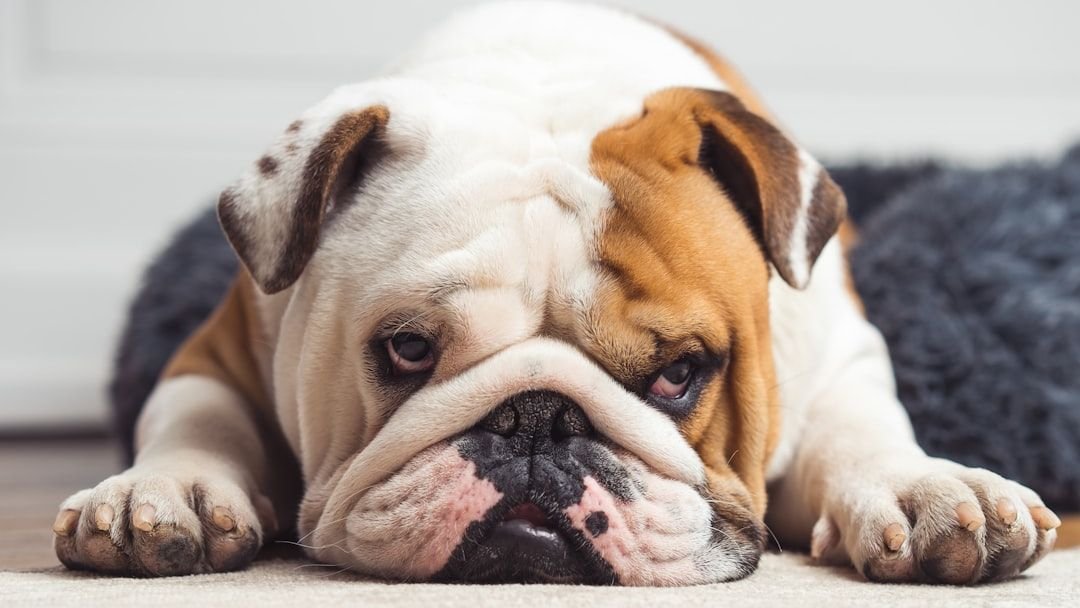Picture this: you wake up to find your furry companion still snoozing soundly in their bed. Hours later, they’re napping again after just a brief play session. You might catch yourself wondering if something’s wrong, or if your dog has somehow developed a case of terminal laziness.
The truth is, dogs are naturally gifted sleepers, often putting our own rest habits to shame. Yet there’s a fine line between normal canine slumber and excessive sleep that could signal underlying issues. Understanding this difference isn’t just about peace of mind, it’s about ensuring your beloved companion stays healthy and happy for years to come.
Understanding Normal Sleep Patterns in Dogs

Dogs sleep 12 to 14 hours per day on average, which might seem excessive to us but is completely natural for our canine friends. Think about it this way: while we humans consolidate most of our sleep into one long nighttime period, dogs are polyphasic sleepers, meaning they catch their z’s in multiple shorter chunks throughout the day.
Roughly 75% of a dog’s sleep occurs during the night while the remainder happens during the day. This pattern developed from their ancestral roots when wild dogs needed to stay alert during peak hunting times while still getting adequate rest. Your modern house dog has inherited this sleep schedule, even though their biggest daily challenge might be deciding which sunny spot offers the best napping conditions.
What’s fascinating is that dogs experience similar sleep stages to humans, including the REM (Rapid Eye Movement) phase where dreaming occurs. Dogs do dream while sleeping, entering a deep sleep stage called the Rapid Eye Movement (REM) phase. So when you see your pup’s legs twitching or hear soft barks during sleep, they might be chasing that perfect tennis ball in their dreams.
Age Makes All the Difference

Just like human babies need more sleep for proper development, puppies need 15-20 hours of sleep a day to help their central nervous system, immune system and muscles develop properly. It’s not uncommon for young puppies to sleep up to 20 hours daily, waking primarily for meals, potty breaks, and short bursts of energetic play.
Adult dogs get eight to 14 hours of sleep per day to be their happiest, healthiest selves. This is when sleep patterns typically stabilize, though individual dogs may vary based on their personality, breed, and lifestyle. An active Border Collie might need less rest than a gentle Great Dane, simply due to their different energy levels and physical demands.
Senior dogs need more sleep than the average adult dog – about 16 to 18 hours daily, entering their senior phase at 10 to 12 years for large breed dogs and 5 to 6 years for small breed dogs. As dogs age, they experience changes similar to elderly humans: decreased energy, possible joint discomfort, and altered sleep quality. This increased need for rest helps their aging bodies recover and maintain optimal health.
Breed and Size Considerations

Not all dogs are created equal when it comes to sleep needs. Both the smallest and the biggest breeds typically need more time to rest, while average-sized dogs need less. Large breeds like Saint Bernards, Mastiffs, and Great Danes are notorious for their love of extended napping sessions, sometimes sleeping up to 18 hours daily.
Working breeds like Retrievers and Hounds will likely require less rest and more activity, while companion dogs are likely to be content with more lounge time. This makes perfect sense when you consider what these breeds were originally developed for. A German Shepherd bred for herding livestock will have different energy and sleep requirements than a Cavalier King Charles Spaniel bred primarily for companionship.
Working dogs, hunting breeds, and those with high energy levels often sleep more efficiently, meaning they get quality rest in shorter periods. Meanwhile, brachycephalic breeds (those with flat faces) like Bulldogs and Pugs might actually sleep more due to breathing difficulties that can affect sleep quality and lead to increased daytime fatigue.
Environmental and Lifestyle Factors

Your dog’s daily routine dramatically impacts their sleep patterns. Pets who are highly active need more sleep to recharge, whether your dog just had a long walk or engaged in a serious play session. Think of it like athletes who require more recovery time after intense training sessions.
Pets that don’t get enough exercise may also sleep excessively out of boredom, ensuring your pet has plenty of mental and physical stimulation during their waking hours can help balance their sleep patterns. A bored dog might resort to sleeping simply because there’s nothing better to do, which isn’t the same as healthy, restorative sleep.
Weather and seasonal changes also play a significant role. Changes in weather and the environment can impact how much your pet sleeps, much like humans, pets may feel more lethargic during colder months or on rainy days. You might notice your dog sleeps more during winter months or seems less energetic on gloomy, overcast days.
When Sleep Becomes a Concern

While dogs are naturally good sleepers, sudden changes should raise red flags. It’s not normal for a dog to sleep excessively if they suddenly become uninterested in their usual activities, refuse food, or seem sluggish when awake. These warning signs often indicate something beyond normal tiredness.
If your dog is suddenly sleeping much more than usual, seems lethargic when awake, or is difficult to wake up, it may be a cause for concern. Other red flags include changes in appetite, weight loss or gain, difficulty moving, or unusual behaviors like disorientation or withdrawal.
Excessive sleep can signal conditions such as canine depression, diabetes, hypothyroidism, and possible loss of hearing. The key is recognizing when your dog’s sleep patterns deviate significantly from their normal routine. A dog who typically greets you enthusiastically but suddenly seems disinterested in favorite activities warrants veterinary attention.
Health Issues That Affect Sleep

Several medical conditions can cause increased sleepiness in dogs. Thyroxine is a hormone produced by the thyroid gland, which helps convert food into energy. If there is any issue with the thyroid gland for which it cannot produce enough T4, your dog will have less energy, and it will sleep for a longer time.
Diabetes is a chronic condition in dogs that causes its body to produce less insulin, leading to fatigue and increased sleep needs. Infections can also dramatically affect sleep patterns, as their immune systems get involved to fight off those unwanted invaders, this fight can take away a huge portion of your pet’s energy, making it sluggish and tired.
Dogs fighting off illness or recovering from medical procedures require more sleep than usual, similarly, dogs dealing with major lifestyle changes can be at risk for depression and might opt to sleep more as a coping strategy. Pain from conditions like arthritis, dental problems, or injuries can also cause dogs to seek comfort through extended rest periods.
Sleep Disorders in Dogs

Yes, dogs can develop sleep disorders similar to humans. Narcolepsy affects primarily young dogs, involving sudden collapse and loss of movement where the pet literally falls asleep, often while physically active, then wakes up abruptly and proceeds as if nothing happened.
Breeds sometimes affected by inherited narcolepsy are the Doberman Pinscher, Labrador Retriever, and Dachshund. Signs include fragmented sleep, excessive daytime sleepiness, and sudden physical falls during play or when excited, with the pet often active and excited one moment and then suddenly appearing to pass out.
Sleep apnea affects dogs with extremely short muzzles, like bulldogs, causing excessive daytime sleepiness and loud snoring or choking noises during sleep. While these conditions are relatively rare, they can significantly impact a dog’s quality of life and require veterinary management for the best outcomes.
Sleep patterns serve as windows into your dog’s overall health and wellbeing. While it’s perfectly normal for dogs to sleep significantly more than humans, staying attuned to changes in your furry friend’s rest habits can help you catch potential problems early. Remember, you know your dog better than anyone else, and trusting your instincts when something seems off is always the right approach.
What do you think about your own dog’s sleeping habits now? Tell us in the comments about the funniest or most unusual place you’ve found your pup catching some z’s.

Andrew Alpin from India is the Brand Manager of Doggo digest. Andrew is an experienced content specialist and social media manager with a passion for writing. His forte includes health and wellness, Travel, Animals, and Nature. A nature nomad, Andrew is obsessed with mountains and loves high-altitude trekking. He has been on several Himalayan treks in India including the Everest Base Camp in Nepal.






